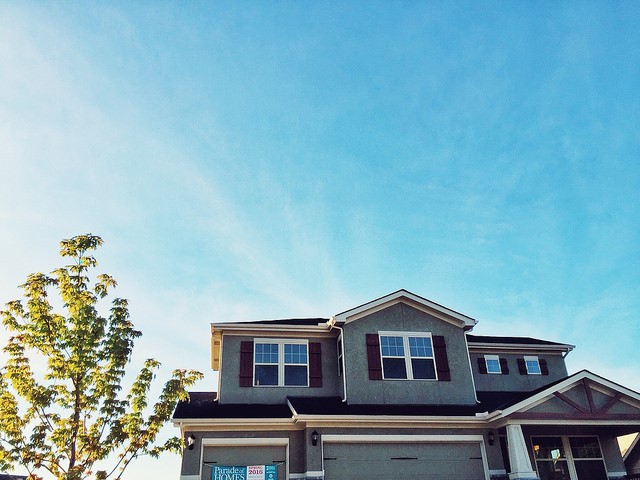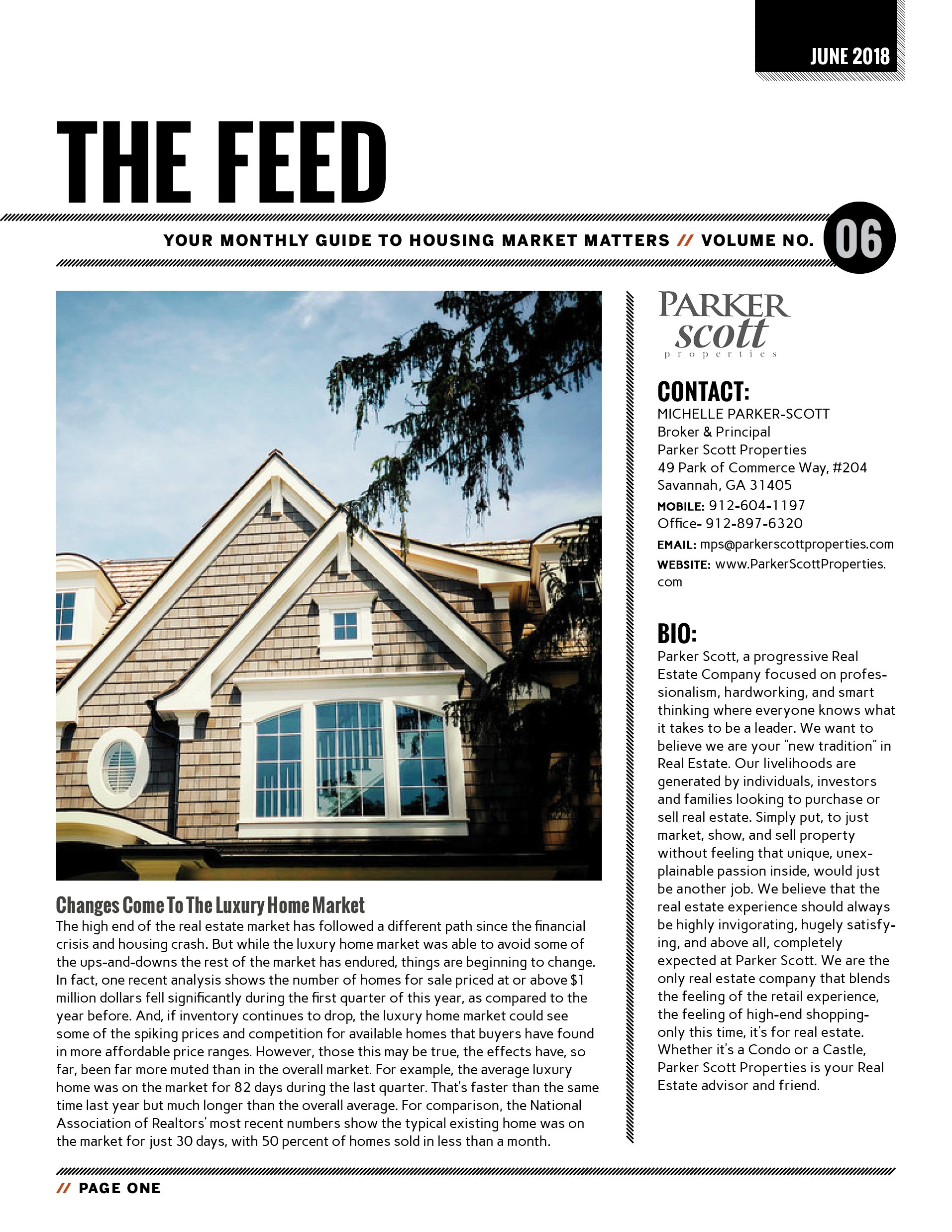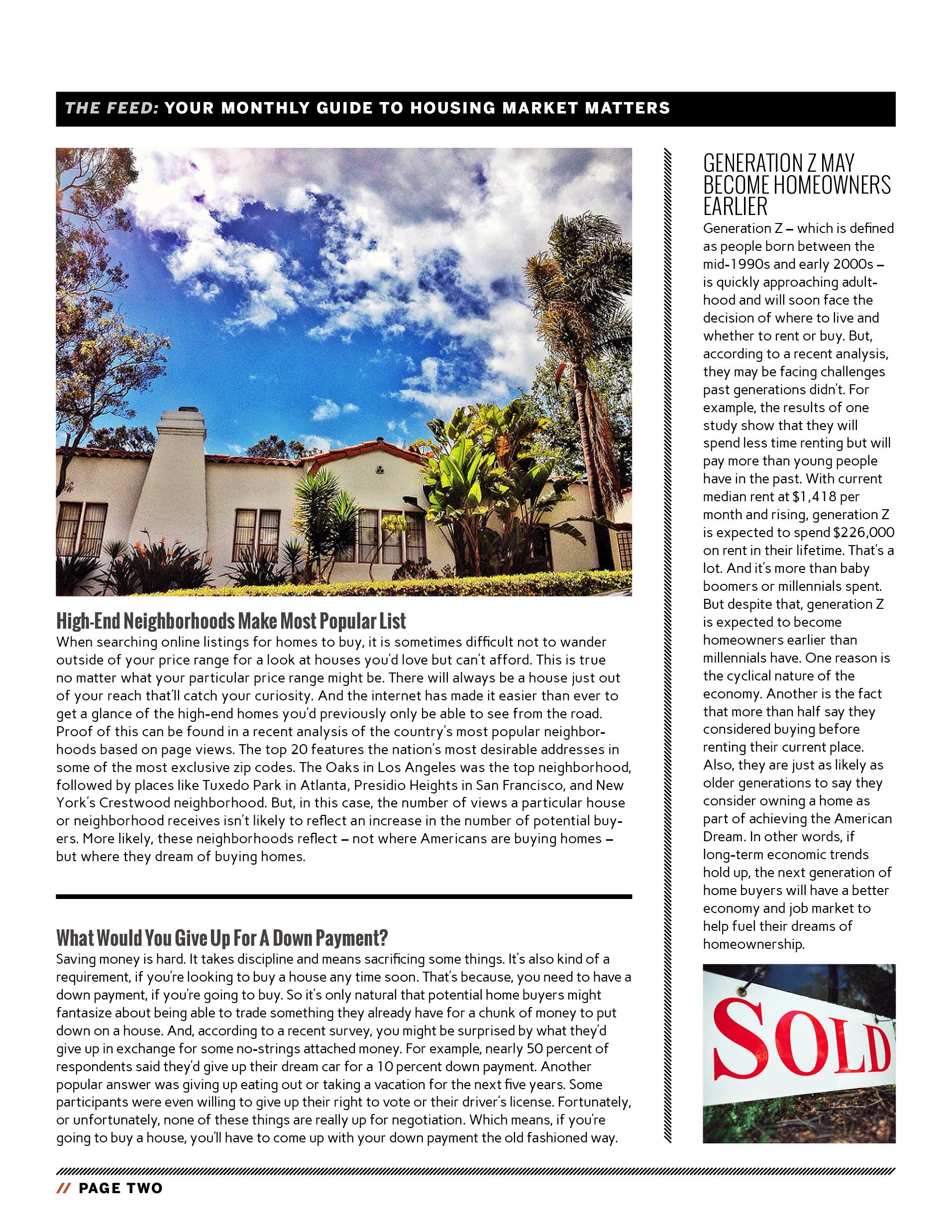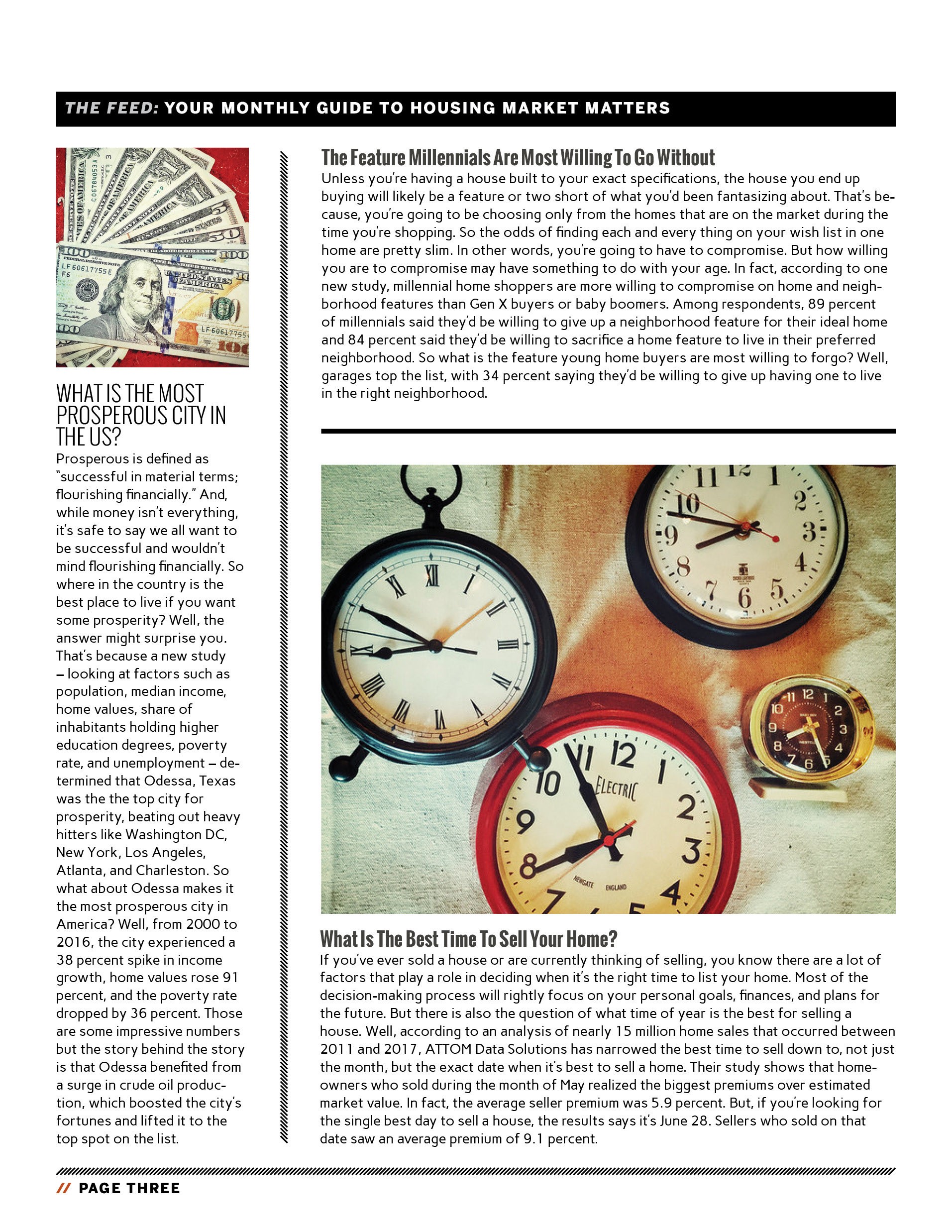First-time home buyers are an important demographic when it comes to the health of the housing market. Because they’ve historically accounted for about 40 percent of home sales, they garner a lot of attention from experts, economists, and analysts hoping to gauge how the market is doing and where it’s headed. In recent years, first-time buyers have been less active than usual. The financial crash and recession led to a long period where Americans of typical home-buying age did not have the economic stability or job security to feel comfortable pursuing homeownership. Then, even after economic conditions began to improve, a lack of affordable, starter homes kept many younger Americans on the sidelines. This year, conditions are still challenging but new numbers from Freddie Mac show things may finally be changing. That’s because, first quarter results show that first-time buyers accounted for 46 percent of new mortgages during the early part of this year. That’s the largest quarterly share since 2012 and an indication that young Americans are finally becoming more active in the real-estate market. More here.
Generation Z May Become Homeowners Earlier
Generation Z – which is defined as people born between the mid-1990s and early 2000s – is quickly approaching adulthood and will soon face the decision of where to live and whether to rent or buy. But, according to a recent analysis, they may be facing challenges past generations didn’t. For example, the results of one study show that they will spend less time renting but will pay more than young people have in the past. With current median rent at $1,418 per month and rising, generation Z is expected to spend $226,000 on rent in their lifetime. That’s a lot. And it’s more than baby boomers or millennials spent. But despite that, generation Z is expected to become homeowners earlier than millennials have. One reason is the cyclical nature of the economy. Another is the fact that more than half say they considered buying before renting their current place. Also, they are just as likely as older generations to say they consider owning a home to be part of achieving the American Dream. In other words, if long-term economic trends hold up, the next generation of home buyers will have a better economy and job market to help fuel their dreams of homeownership. More here.
How Much Does Your Neighborhood Matter?
When you buy a house, you’re also buying the surrounding neighborhood. And, depending on your lifestyle and wishlist, the neighborhood may be even more important to you than the actual home you’re buying. After all, most of your life happens outside your home. So your proximity to schools, shopping, healthcare, recreation, and nature will have a large effect on how much you enjoy living in a particular house. In short, finding your dream house in the wrong neighborhood could make it a nightmare. Unconvinced? Well, a recent survey of Americans found large majorities who said the feel of a neighborhood was important when deciding where to live. In fact, 80 percent said the surrounding neighborhood had to fit their personality and an almost equal amount said they’d consider moving if they found they didn’t like their new neighborhood. In other words, when shopping for a new house, be sure to spend as much time considering the area around it as you do the areas inside it. It could even work out to be a better idea to find a smaller house in a great location than a big house somewhere you may grow to dislike. More here.
Millennials Are Skipping Starter Homes for Their Dream Home
 A new trend has begun to emerge. With home prices skyrocketing in the starter home category, many first-time homebuyers are skipping the traditional starter homes and moving right into their dream homes.
A new trend has begun to emerge. With home prices skyrocketing in the starter home category, many first-time homebuyers are skipping the traditional starter homes and moving right into their dream homes.
What’s a Starter Home?
According to the National Association of Realtors (NAR), simply put, a starter home is a one or two-bedroom home (sometimes even a small, three bedroom). “Prices vary widely by market but starters on average cost $150,000 to $250,000 while trade-up and premium homes cost upwards of $300,000.”
Finding Their Forever Homes Now
A recent CNBC article revealed that there are many factors that delayed older millennials (ages 25-35) from buying a home earlier in their lives. The aftereffects of the Great Recession teaming up with larger education costs forced many to either remain living in their parent’s homes or to rent. With the economy continuing to improve, many millennials have been able to break into better-paying jobs which has helped spur down payment savings. As the dream of homeownership comes closer to reality, many millennials are saving for their forever homes.
According to the latest statistics from NAR, 30% of millennials bought homes for $300,000 or more this year (up from 14% in 2013). Diane Swonk, Chief Economist at Grant Thornton weighed in saying, “They rented for longer. Now they’re going to where they want to stay.”
More and more millennials are settling down, getting married, and starting families, which is a huge factor driving them to look for larger homes.
Increased competition in the starter home market has also been a driving force in waiting to afford their dream homes. Inventory in the starter home market is down 14.2% from last year, according to research from Trulia. This has driven prices up and has led to bidding wars. Many first-time buyers who were originally looking for starter homes are realizing that for just a little bit more of an investment, they could afford trade-up or premium homes instead.
June 2018 Newsletter



The Latest On Where Home Prices Are Headed
Home prices are a top concern for both home buyers and sellers. After all, a lot of the calculus that goes into determining whether or not it’s a good time to sell or buy a house is based on where home values are and where they are expected to be in the future. For that reason, it’s good to follow the S&P Case-Shiller Home Price Indices, as they are considered the leading measure of U.S. home prices. According to the latest data, prices have continued to rise at around the same pace they’ve been increasing, with both month-over-month and year-over-year data showing little change. In short, prices are going up but no faster than they have been. David M. Blitzer, managing director and chairman of the index committee at S&P Dow Jones Indices, says things aren’t expected to change any time soon. “Unless inventories increase faster than sales, or the economy slows significantly, home prices are likely to continue rising,” Blitzer says. But despite rising prices, Blitzer notes that the market is calmer today than it was during the last price boom in the early 2000s. More here.
Why The New Home Market Matters To You
If you aren’t in the market for a new home, why should you care about the new home market? Well, for starters, it plays a very important role in the health of the housing market. And that affects all buyers, not just new home buyers. How? Simply put, new home construction is the quickest way to add homes for sale to the market. And, when more homes are added, buyers can be more choosy, which results in less competition and fewer home price spikes. In other words, when new homes are being built and sold, the overall real estate market benefits, including buyers looking for an existing home in a more affordable price range. So, if that’s true, how’s the new home market doing? According to the latest numbers from the Commerce Department, new home sales were 11.6 percent above last year’s level in April, which is good. But, though year-over-year numbers are positive, recent revisions to totals from the first three months of the year were revised downward, indicating some lingering weakness in the market. More here.

Household Cleaning Hacks For The Soon-To-Be Mover
Rising Incomes Help To Offset Affordability Challenges
After the financial crisis and housing crash, there were plenty of homes for sale but very few interested buyers. Americans were financially unstable and worried about keeping their jobs. And while they may’ve liked to buy a home, it wasn’t the right time. Gradually, though, Americans became more secure in their jobs and more interested in buying a home. But, at the same time, the housing market also began bouncing back. And with prices higher and mortgage rates beginning to rise, Americans wanted to buy but began to worry about whether or not they could afford it. This year, with inventory low, prices rising, and mortgage rates creeping up, buyers face some challenges. Fortunately, though, new research shows incomes are also on the rise. The National Association of Home Builders’ Housing Opportunity Index, for example, shows Americans are making more money, which is helping to offset declining affordability. In fact, median family income is up from $68,000 last year to $71,900. And, at that income, 61.6 percent of recently sold homes were affordable. More here.

